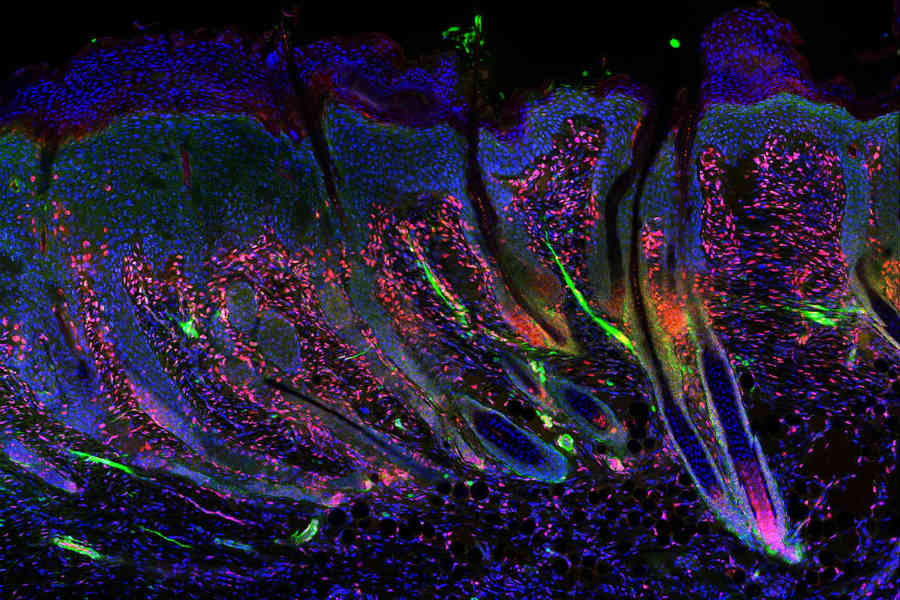
Researchers from Washington State University has just identified a genetic factor that enables mature skin to regenerate like a newborn skin. The discovery is said to be a major breakthrough in regenerating ageing skin and healing skin wounds!
Research in dermatology in the skincare industry always makes a huge global buzz. Among a gazillion choices of products to make our skin looks ‘younger’, finding a natural biological way to reverse or regenerate adult skin has always been the holy grail in dermatology. And now it looks like scientists finally found a way to do just that!
The study
This special genetic factor acted as a molecular switch. Researchers found that this switch controlled aspects in forming new skin in newborn mice of their first week of life and then switches off in their adulthood.
In the study, the researchers were able to switch it back on in adult mice and noticed that it regenerated new skin on skin wounds making them heal much faster without any scarring! The newly formed skin even had healthy fur that could make goosebumps. This was an important observation as human skin scars do not have the ability to make goosebumps.
Speaking of their new discovery, Assistant prof. Iwona Driskell, a co-author of the study, “We were able to take the innate ability of young, neonatal skin to regenerate and transfer that ability to the old skin. We have shown in principle that this kind of regeneration is possible. We can still look to other organisms for inspiration, but we can also learn about regeneration by looking at ourselves. We do generate new tissue, once in our life, as we are growing.”
Researchers believe humans as mammals, it is important to study our younger stages to get a clear picture of cell regeneration. They believe the truth is hidden there. It will be just marvellous to know if humans could also regenerate certain body parts like salamanders.
The technique
The team used a technique called, ‘the single-cell RNA sequencing’. This was helped to identify the differences between adult and young skin genes. That is how they found the genetic switch (called ‘Lef1’) that could bind to DNA and instruct them to turn certain genes on or off.
They also found that Lf1 is responsible for leaving the skin tight and younger-looking by addressing papillary fibroblast, a developing cell type in the papillary dermis.
What an idea!
The idea behind the study was generated from a previous study by researchers at Stanford University who said that newborns who had special surgical scars in utero did not develop scars when they were born.
What’s next for them?
The research is still in primary stages as the involvement of human participants is yet to come. But because of the importance of their discovery, the team has given access for their RNA sequence data for other scientists who want to study on this.
The study has been published in the journal eLife.

